The mountaineering world is mourning after a dramatic and heartbreaking rescue attempt on Victory Peak in Kyrgyzstan ended in tragedy. Russian climber Natalia Nagovitsyna, who suffered a severe injury high on the mountain, is now presumed dead following failed rescue efforts and days of exposure to brutal conditions.
A Fall Near the Summit
Nagovitsyna, 48, fell and broke her leg on August 12 while ascending Victory Peak, also known as Jengish Chokusu. At 24,406 feet, it is the highest point in the Tien Shan range and one of the most unforgiving mountains in Central Asia. The accident left her trapped in a damaged tent, immobile, and dependent on outside help in subzero temperatures.
A Friend’s Sacrifice
Italian climber Luca Sinigaglia attempted a daring rescue, climbing to Nagovitsyna’s position to deliver essential supplies such as food, water, and fuel. Tragically, he did not survive his descent. Officials believe he succumbed to high-altitude cerebral edema combined with exhaustion and extreme cold. His death highlighted both the peril of the mission and the difficulty of sustaining life at such altitudes.
Rescue Attempts Collapse
Efforts to save Nagovitsyna grew increasingly desperate. A helicopter dispatched to assist crashed during the operation, injuring four rescuers and forcing officials to scale back missions. A drone survey later showed her alive in her tent, sparking brief hope, but subsequent flights revealed no further signs of life. Given the altitude and conditions, authorities have concluded that survival is no longer possible.
A Son’s Plea
Despite the official suspension of the search, Nagovitsyna’s son, Mikhail, appealed to Russian authorities to continue rescue operations. Russian investigators ordered agencies to explore any remaining options, though experts caution that no climber has ever been successfully evacuated from such extreme heights on Victory Peak.
A History of Resilience and Loss
Nagovitsyna’s mountaineering career had already been marked by tragedy. In 2021, her husband Sergei died of a stroke during an expedition on another Kyrgyz peak, Khan Tengri. She stayed by his side until the end, later declaring in a documentary, “I’m not afraid to die.”
Her final climb now stands as both a testament to her courage and a sobering reminder of the immense risks faced by those who pursue the world’s highest summits.


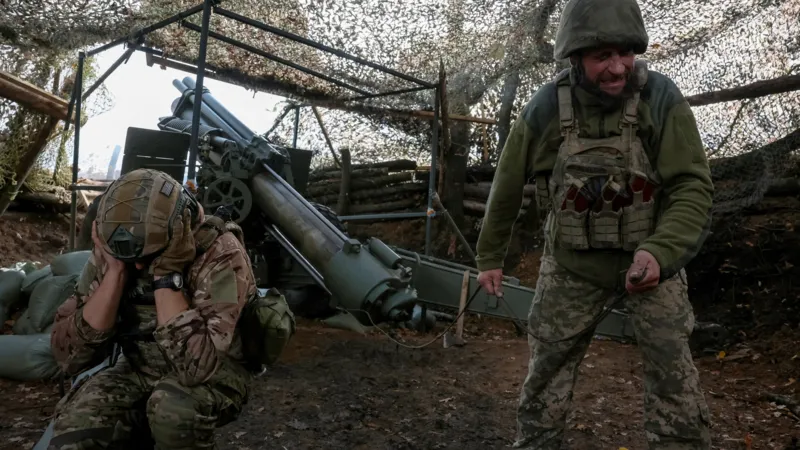
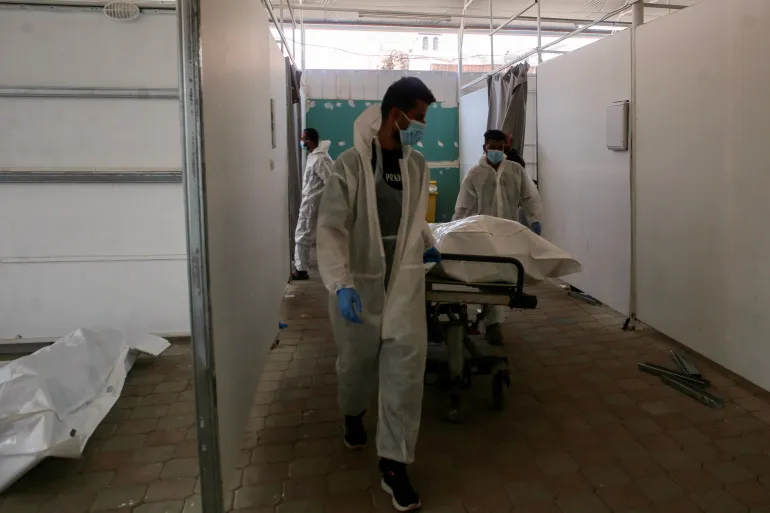
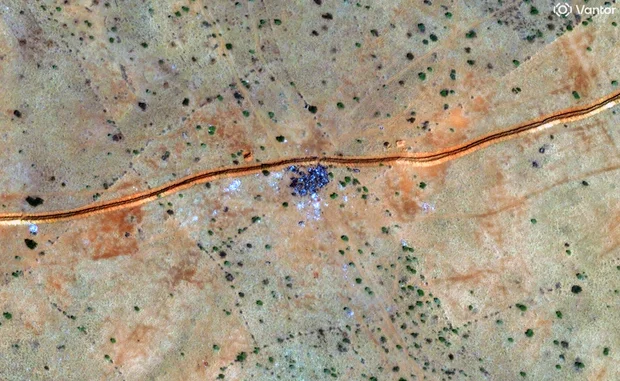
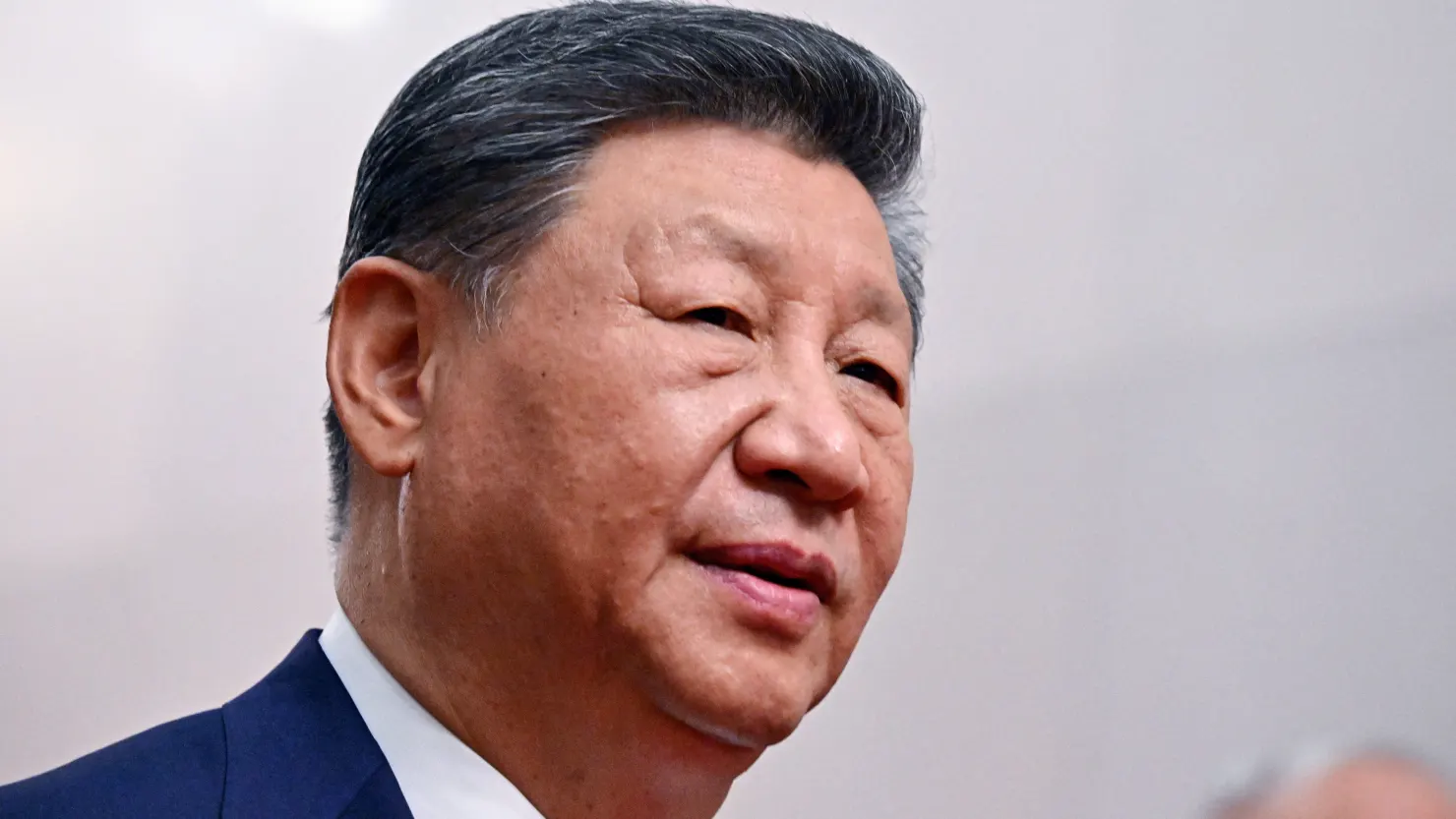


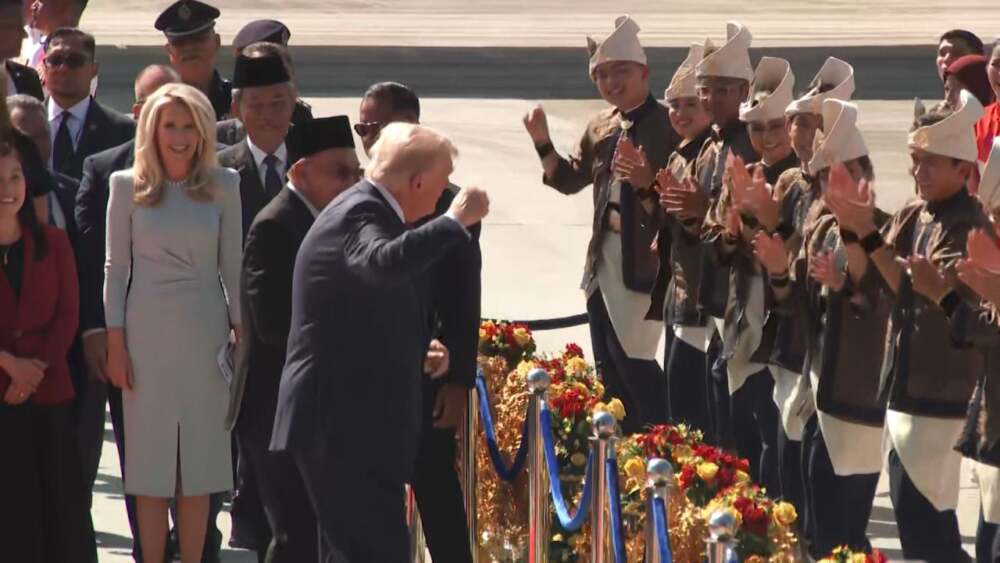
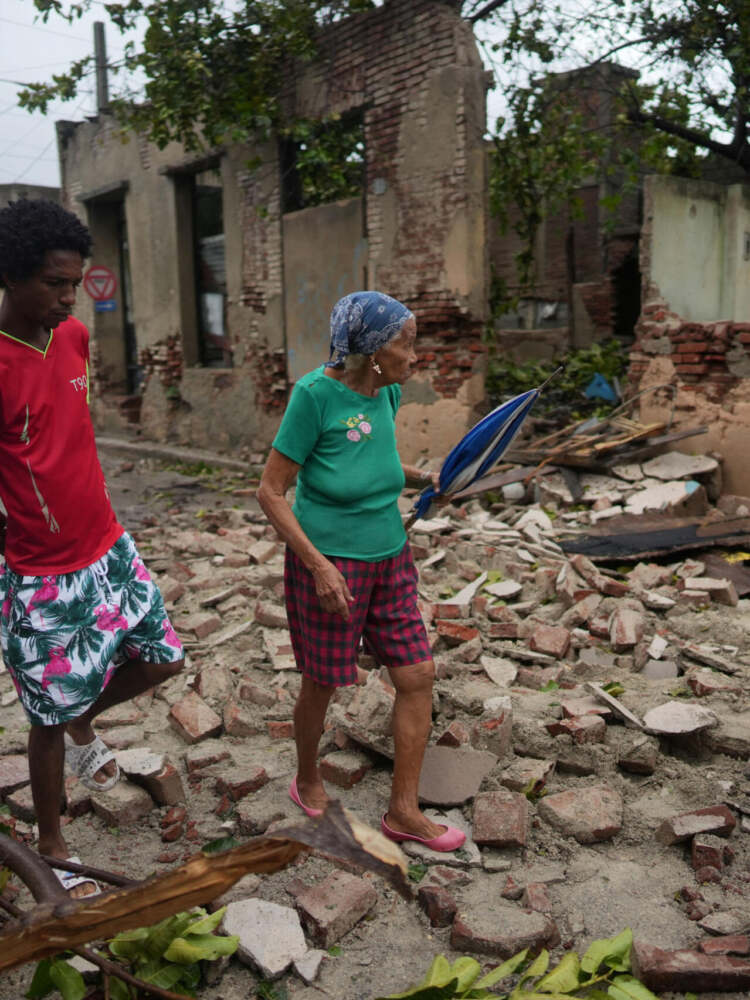
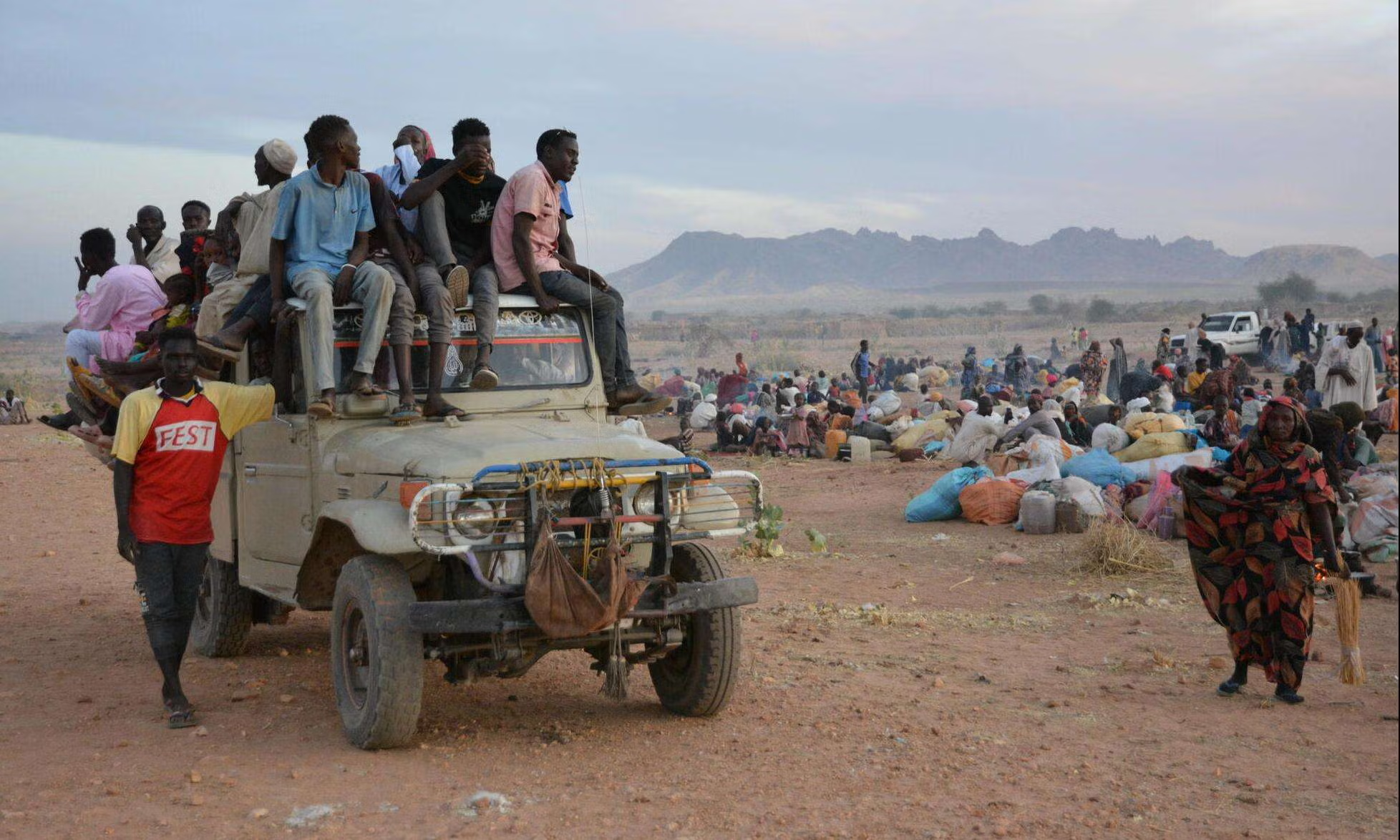





Leave a Reply